Joyaux Automobiles des Maharadjahs
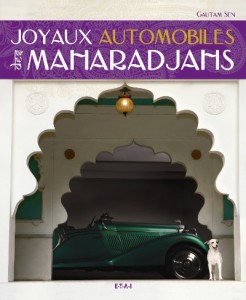 by Gautam Sen
by Gautam Sen
[Cher lecteur, la traduction française de cette critique se trouve en bas de la page.]
(French) A clientele of wealthy Indian enthusiasts with incredibly deep pockets and remarkable eccentricities absorbed disproportionately large numbers of European and American cars, from bejeweled Rolls-Royces to more common fare such as Fiats and Fords. Of the survivors on the luxury end few were ever seen, let alone sold, outside of India, especially after 1972 when privy purses were abolished and the government banned the export of classic cars.
Gautam Sen is the editor of Auto India, the best-selling car magazine (written in English) that covers both classic and modern cars in India. He is based in Paris which partly explains why the first edition of this book has been translated into French. The English one will be released early next year.
The preface contains a short but necessary lesson in Indian history. Heads of States were Maharajahs, but also Nizams, Maharanas, Mirs etc. because India is a mosaic of cultures and States. The relative importance of “salute” and “non-salute” States is explained so that we can understand the hierarchy established by the British in their colony. There is also a map of all the Princely States.
This book is not an exhaustive compendium of all the prestigious cars owned by Indian potentates, but it presents the most important collections that were amassed here. For one thing, some of the wealthy owners—not necessarily only rulers—are understandably discreet about their collections. And for another, it would have been impossible in any case to describe all the collections in a country that counts 1.2 billion people as its population.
The first chapter deals with the early days of motoring in India and especially the history of racing in Calcutta, a sport that was first monopolized by the British but soon became accessible to the Indian aristocracy. The subsequent chapters feature about 70 of the most beautiful cars gathered in private collections, including Protap Roy’s, the current Maharajahs of Udaipur, Gondal, Jodhpur etc. and of course Pranlal Bhogilal’s extraordinary collection, as well as a number of private collections, large and small. The history of each collection is described in detail and the large photos are a treat to the eye. Mercedes, Rolls-Royce, Hispano-Suiza, Bentley, Packard, Cadillac, Delahaye, Talbot-Lago, etc. are particularly well represented in the book. Some exceptional cars are even the subject of a full chapter, like the superlative Delahaye 135 by Figoni & Falaschi or the Invicta “Black Prince.”
The photos are superb, especially Makarand Baokar’s, which are very artsy, although some of the indoor shots are a bit too dark. I had already seen some of them in Auto India magazine where they had received a fairer treatment. The period pictures are interesting too because many of them show the cars with their owners in various settings and on various occasions, for example before and after restoration. Regrettably, there is no Index.
This large and heavy volume is generously laid out and features a topical, Indian-themed design and colors. It is neither a technical nor a “coffee table” book. It blends car specifications, owners’ lives, history, art, geography and sociology in a fluid prose. It reads like a novel and each chapter can be read individually in no particular order, just like a portfolio of short stories, full of succulent anecdotes. What I appreciated most is the way the histories of the cars and those of the owners are closely intertwining, just like love stories. Gautam Sen is first of all a writer, which makes this book all the more pleasing but he also has a passion for cars, especially cars with a soul. So much so that these are not just “cars,” they are part of the family and their heartbeat.
The last chapters are dedicated to some “exiled” cars, or more exactly, those which were exported or plundered before the government banned all exports of classic cars. German collector Hans-Günter Zach’s ex-collection of Indian Rolls-Royce cars is shown here, naturally, as well as an exceptional Talbot-Lago “Goutte d’Eau” (teardrop).
In conclusion, I loved reading this book and I know I will love to go back to it again and again, because, like a good film, it takes more than one viewing to get all the substance.
Copyright 2010, André Blaize (speedreaders.info).
Joyaux Automobiles des Maharadjahs
by Gautam Sen
Editions ETAI, 2001
384 pages, 550 b/w & color photos, hardcover
List Price: $100 / €75
ISBN 13: 978 2 7268 8998 5
[Below please find the French version of this review]
Gautam Sen est rédacteur en chef d’Auto India, le magazine best-seller de langue anglaise aux Indes qui couvre à la fois les automobiles classiques et les modernes. Il est basé à Paris, ce qui explique en partie pourquoi la première édition a été traduite en français – l’édition anglaise est prévue pour l’année prochaine.
La préface contient une courte, mais nécessaire, leçon d’Histoire indienne : les chefs d’états étaient Maharadjahs, mais aussi Nizams, Maharanas, Mirs, etc. car l’Inde est une mosaïque culturelle et ethnique. L’importance relative des Etats avec ou sans ”salves” est expliquée de façon à ce que le lecteur puisse comprendre la hiérarchie établie par les britanniques dans leur colonie. Ce livre n’est pas un dictionnaire complet des voitures de prestige possédées par les potentats des Indes, mais il présente les collections les plus importantes qui ont pu s’y constituer. Bien sûr, on admettra que certains propriétaires fortunés aient refusé de donner leur permission de publier leurs collections, mais il aurait été de toutes façons impossible de décrire toutes celles de ce pays six fois grand comme la France et qui compte 1,2 milliards d’habitants.
Le premier chapitre traite des origines de l’automobile aux Indes et en particulier des premières courses à Calcutta, sport que monopolisaient les britanniques mais qui bientôt devint accessible à l’aristocratie indienne.
Les chapitres suivants présentent environ 70 voitures parmi les plus belles réunies dans des collections privées, par exemple celles de Protap Roy, des Maharadjahs actuels d’Udaipur, de Gondal, de Jodhpur etc. et bien sûr, l’extraordinaire collection de Pranlal Bhogilal, ainsi que d’autres collections petites ou grandes. L’histoire de chacune est décrite en détails et les grandes illustrations sont un régal pour l’œil. Mercedes, Rolls-Royce, Hispano-Suiza, Bentley, Packard, Cadillac, Delahaye, Talbot-Lago, etc. sont particulièrement bien représentées dans le livre. Certaines voitures d’exception font même l’objet d’un chapitre complet, comme la superbe Delahaye 135 Figoni & Falaschi ou l’Invicta ”Black Prince”.
Les photos sont magnifiques, en particulier celles, très esthétiques, de Makarand Baokar, bien que certaines prises à l’intérieur soient un peu trop sombres – je les avais déjà vues dans Auto India où elles étaient mieux traitées. Les photos d’époque sont également très intéressantes parce que beaucoup d’entre elles montrent les voitures dans des environnements variés, rassemblements, palais etc. et à des moments variés, par exemple, avant et après restauration.
Ce volume aux dimensions et au poids impressionnants est ni un ouvrage technique, ni un beau livre ”pour la table du salon” comme disent les anglais. Il mélange savamment caractéristiques techniques, vie des propriétaires, Histoire, Arts, géographie et sociologie des Indes. Il se lit comme un roman mais chaque chapitre est indépendant et on peut le lire dans n’importe quel ordre, un peu comme un recueil de nouvelles, rempli d’anecdotes savoureuses. Ce que j’ai particulièrement apprécié, c’est le fait que l’histoire des voitures et celle des propriétaires soient intimement entrelacées, comme des histoires d’amour. Gautam Sen est avant tout écrivain, ce qui rend son livre très agréable, mais il a aussi une passion pour les automobiles, celles qui ont une âme. Ce qui fait que ce ne sont pas simplement des ”autos” qu’il décrit, mais véritablement des membres de la famille – dont le cœur bat…!
Les derniers chapitres sont consacrés à quelques voitures ”exilées” ou plus exactement, exportées ou pillées avant que la Loi de 1972 n’interdise l’exportation des automobiles anciennes. L’ex-collection d’Hans Günter Zach y figure en bonne place, naturellement, ainsi qu’une exceptionnelle Talbot-Lago ”Goutte d’Eau”.
Pour conclure, j’ai aimé ce livre et je sais que j’aimerai y retourner pour relire certains chapitres parce qu’il est comme les bons films, qui demandent plus d’un visionnement pour en apprécier la substance.


 RSS Feed - Comments
RSS Feed - Comments
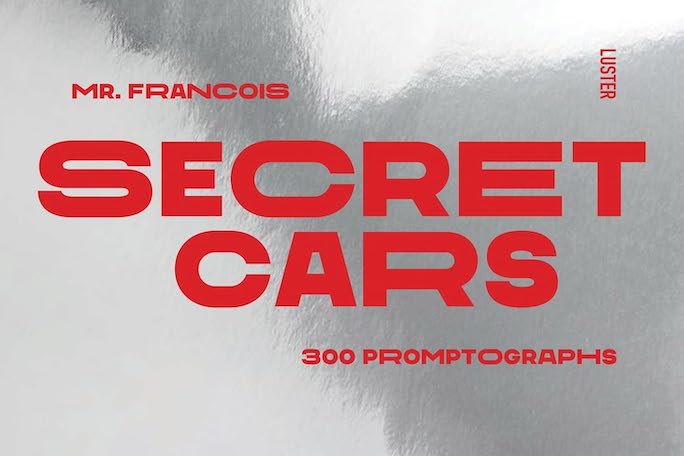
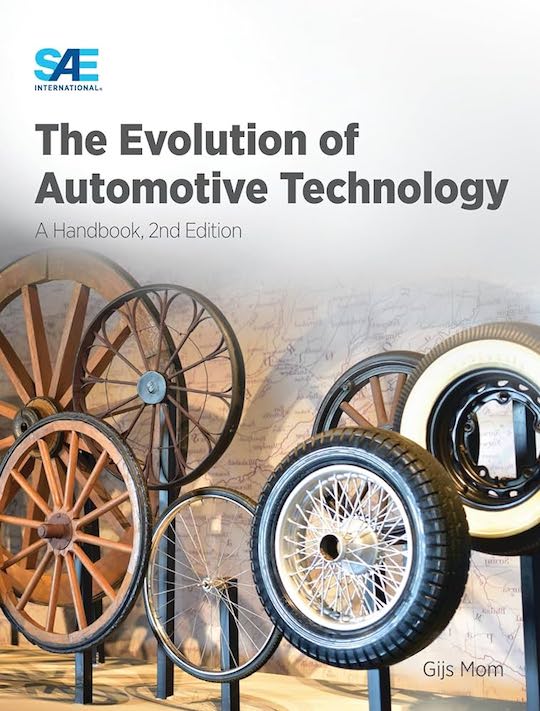





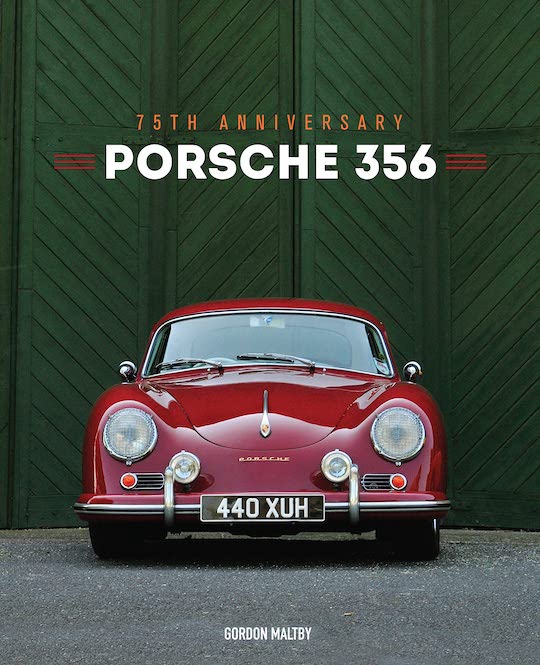
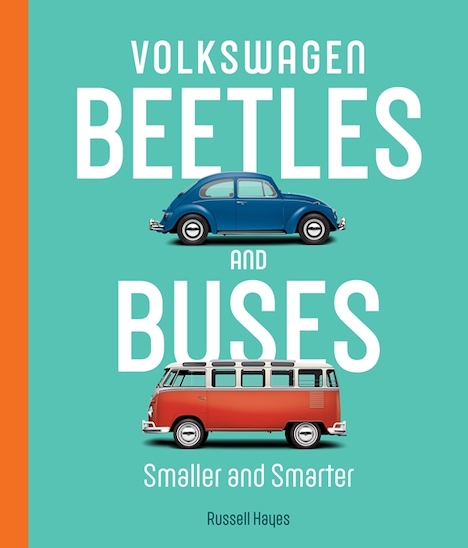
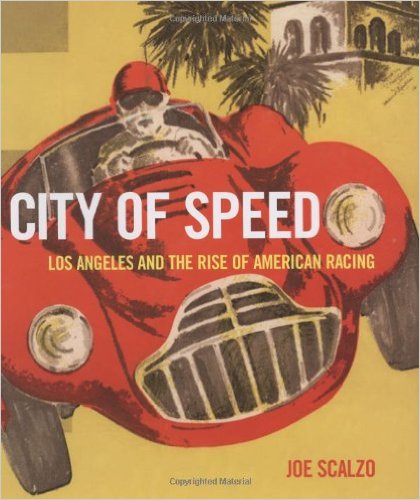
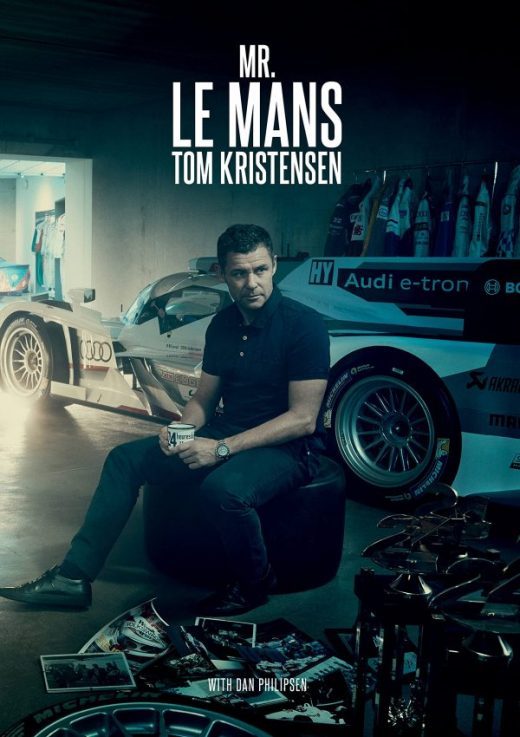


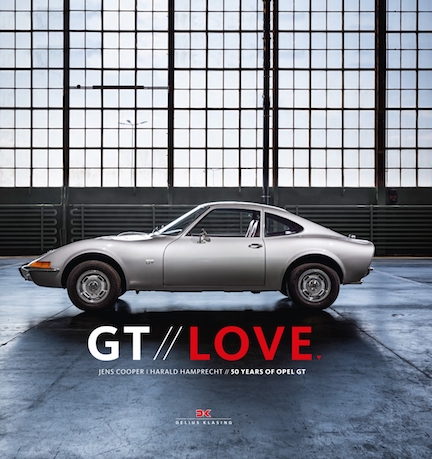
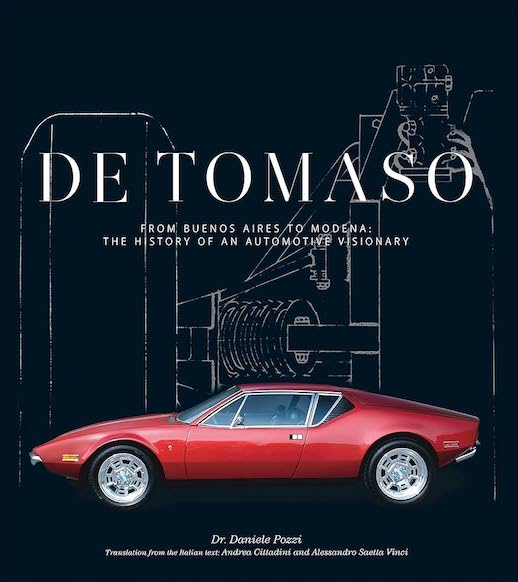
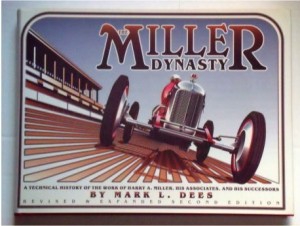
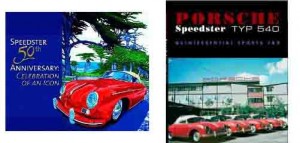
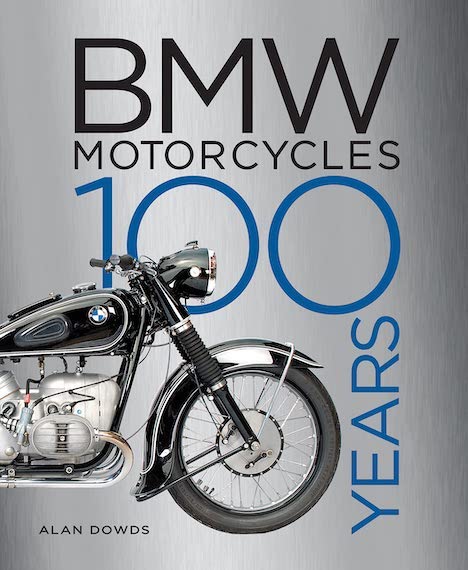
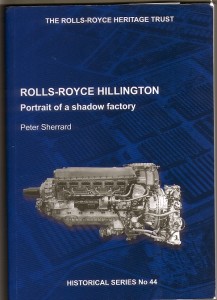
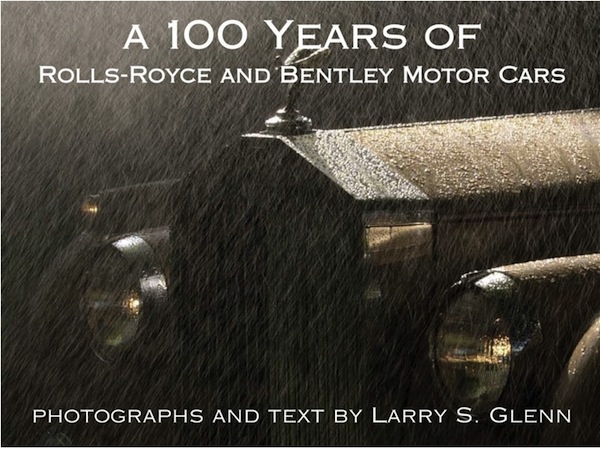

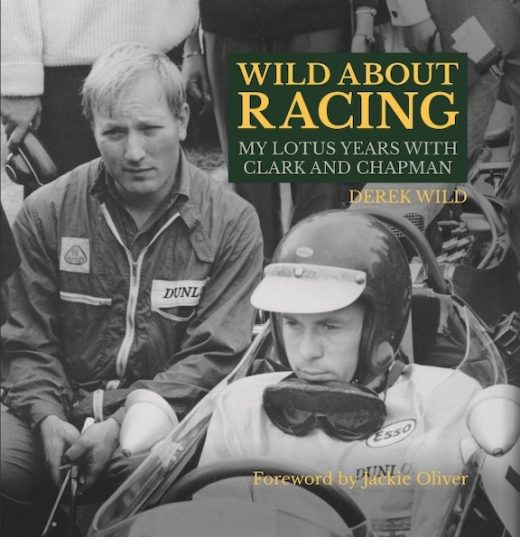


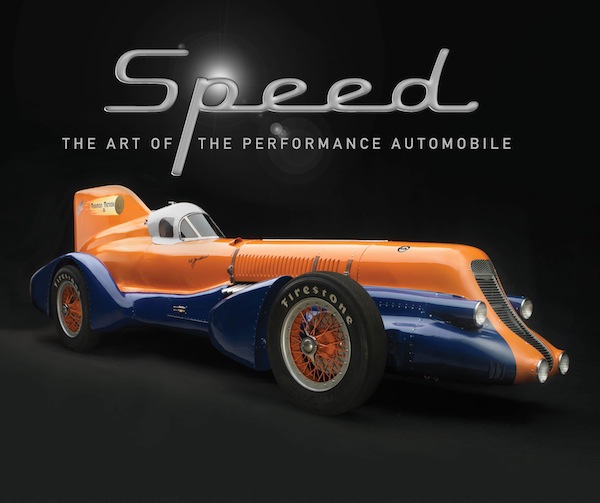


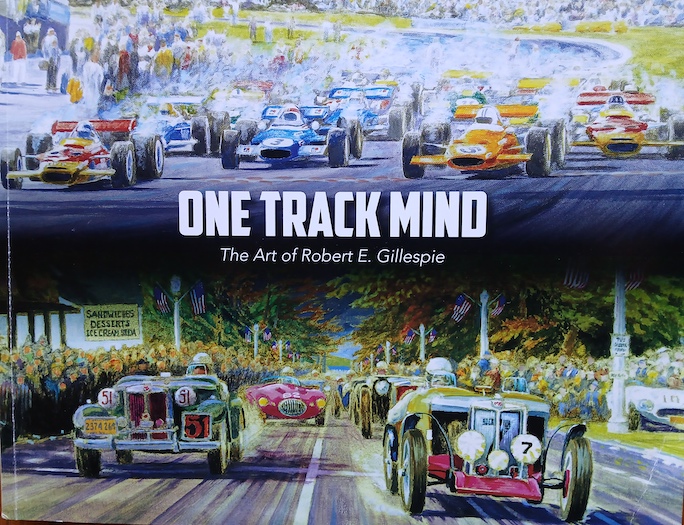

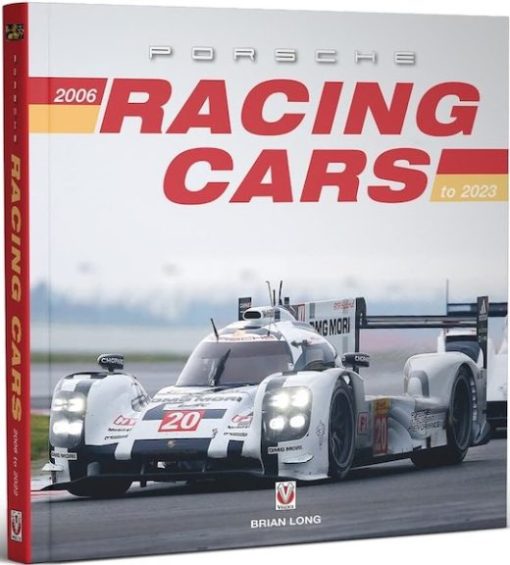

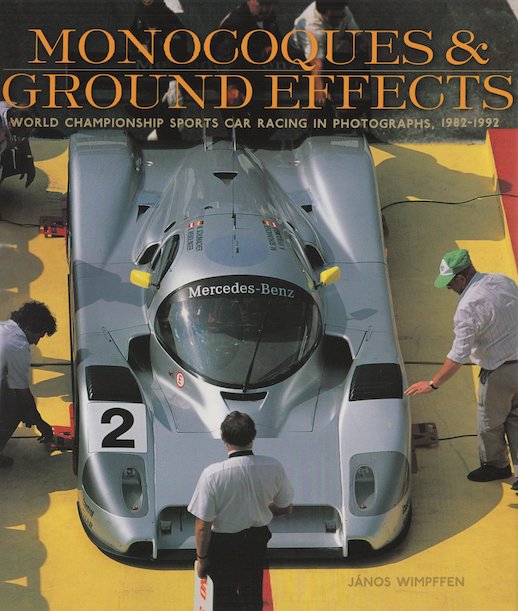



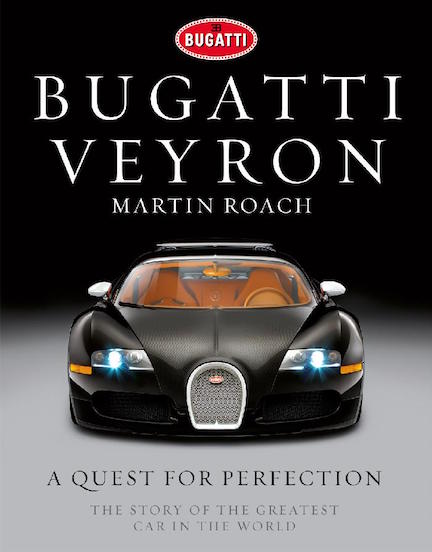
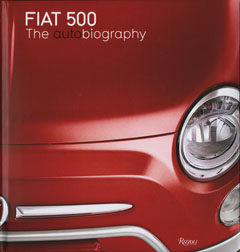
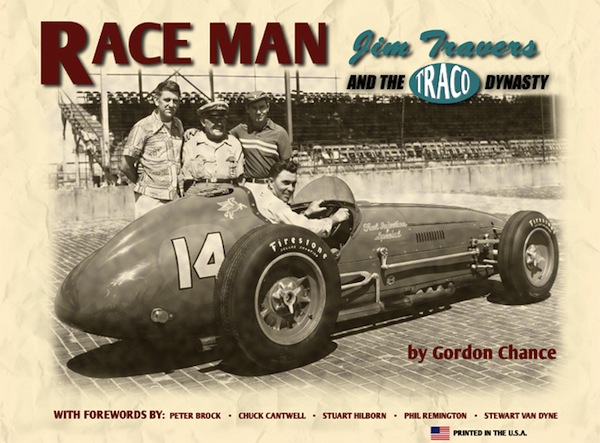
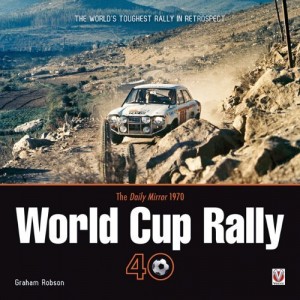
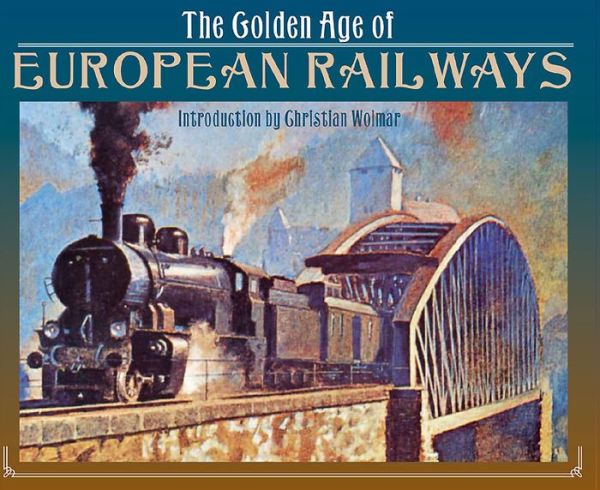


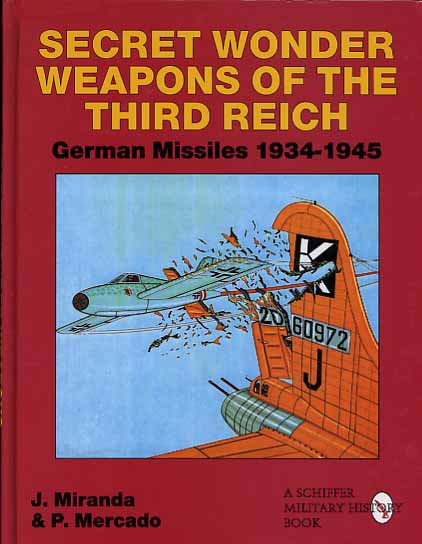
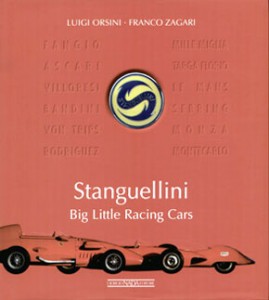
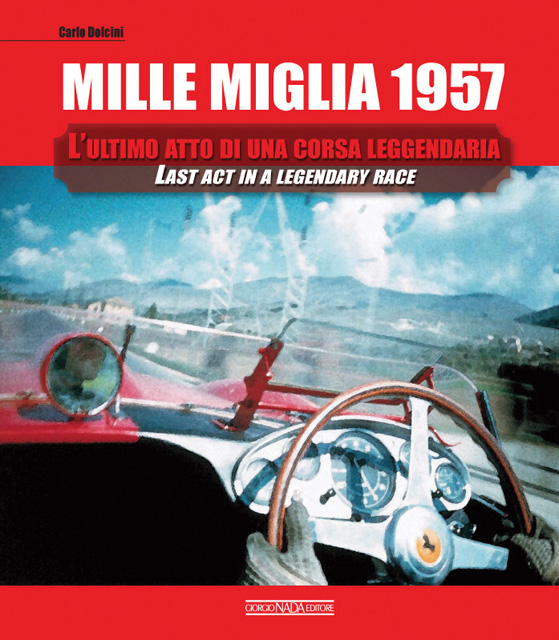

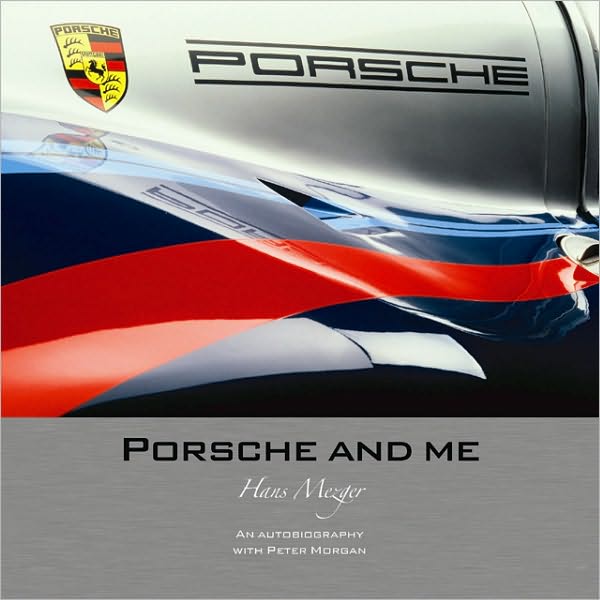
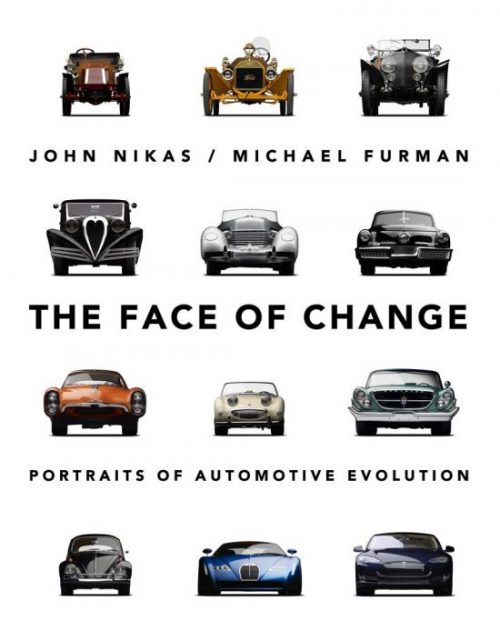
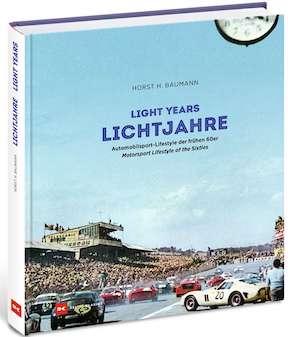

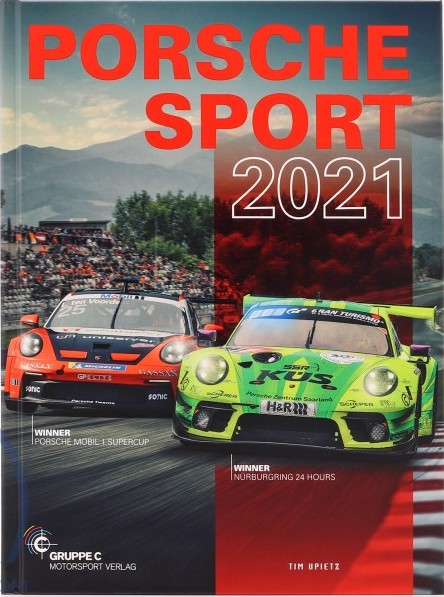
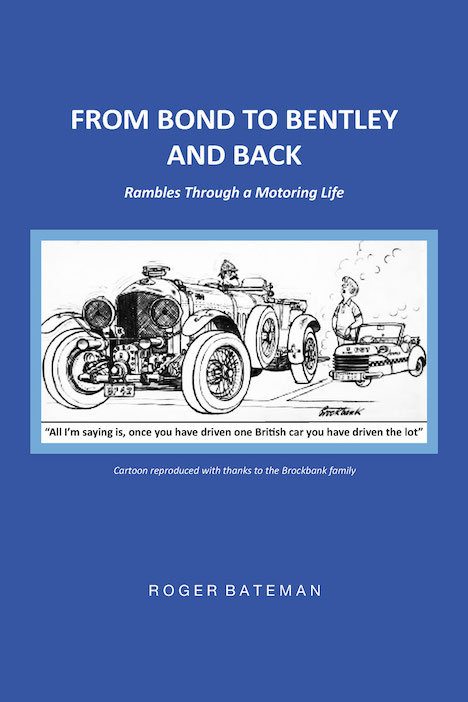
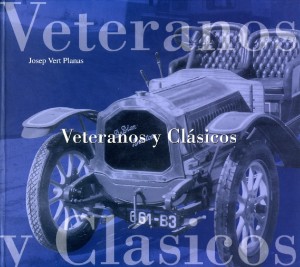


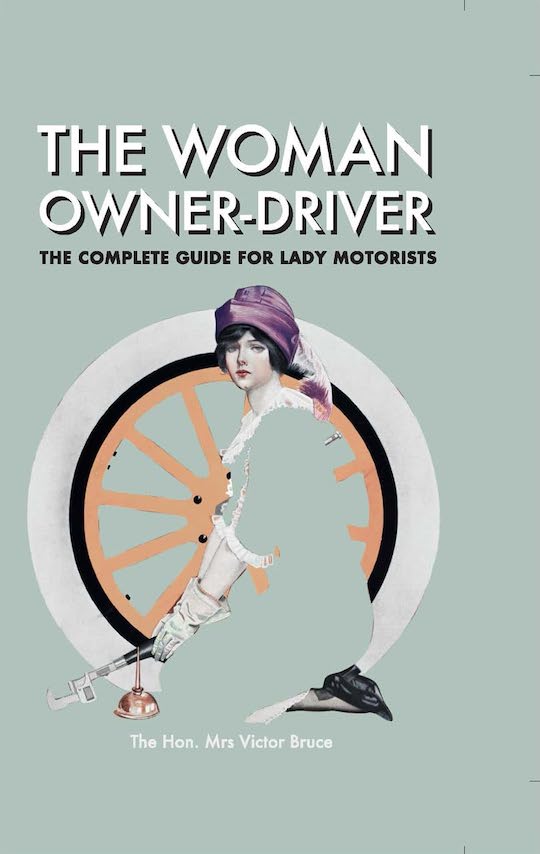
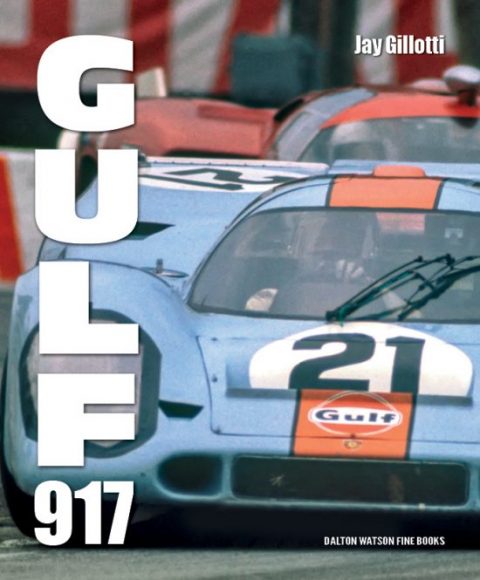
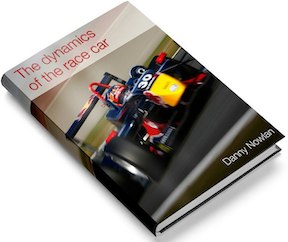

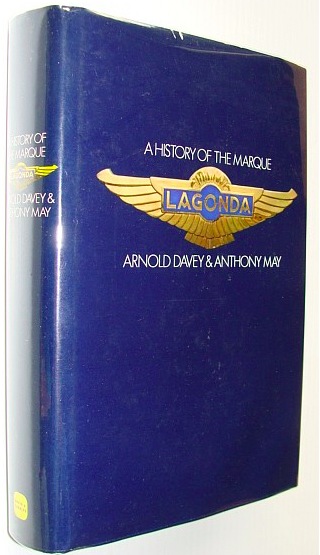
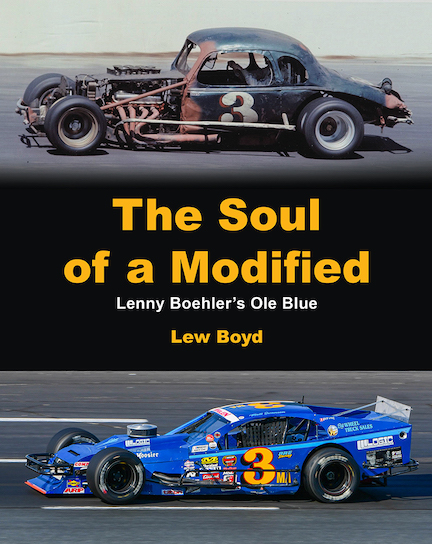

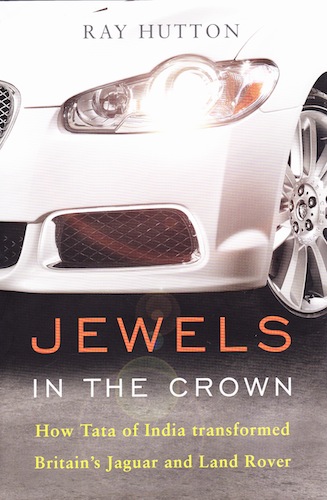

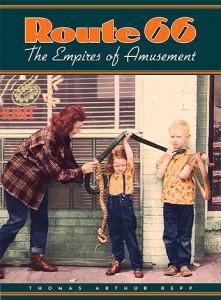
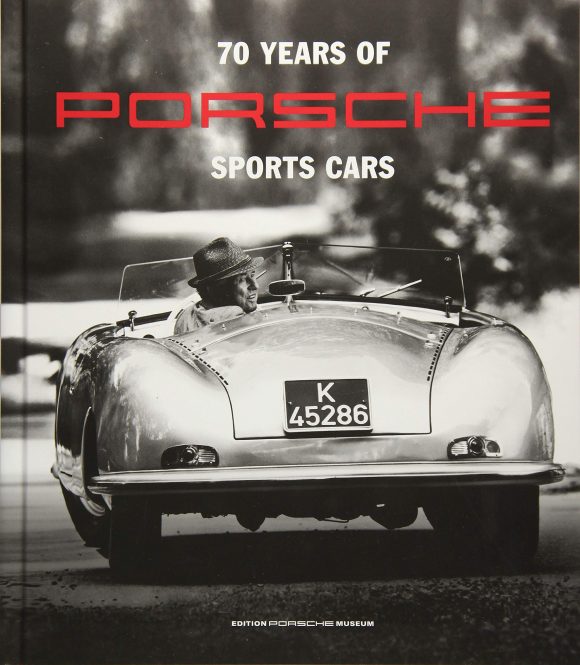

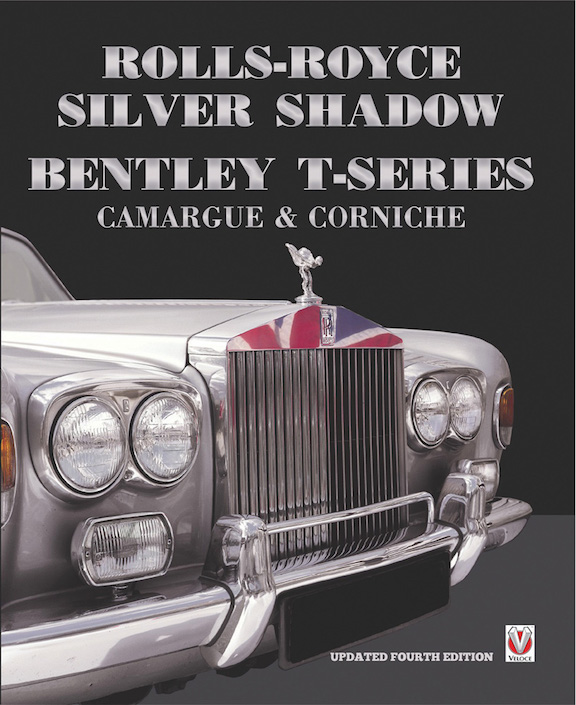


 Phone / Mail / Email
Phone / Mail / Email RSS Feed
RSS Feed Facebook
Facebook Twitter
Twitter